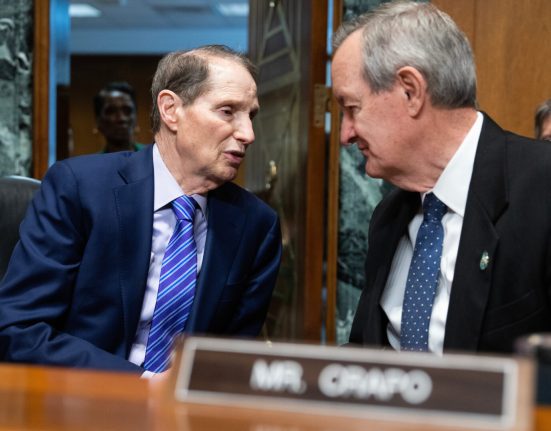Construction costs have escalated so quickly over the last two fiscal years that the purchasing power of Massachusetts’ capital investment plan has been “significantly eroded,” a panel of state finance experts said last month as it recommended the largest increase in borrowing for capital spending in at least a decade.
The Capital Debt Affordability Committee determined that Massachusetts can afford $3.117 billion in general obligation debt for capital spending in fiscal year 2025, an increase of $212.2 million or 7.3% over the current year. The committee generally considers $125 million the maximum annual increase in the bond cap, but its non-binding recommendation for fiscal 2025 includes that now-standard amount plus an additional $87.2 million “adjustment” to account for construction cost inflation.
“Committee analysis of the data indicates that [Capital Investment Plan] growth has notably lagged that of construction cost escalation, particularly in the last two fiscal years. Further, public agencies across the Commonwealth have reported significant budget gaps in many of their projects on account of cost escalation far surpassing original estimates. Examples of such projects include major higher education capital projects, library reconstruction projects, school building projects, water and sewer infrastructure upgrades, and state facility repairs and improvements,” Kaitlyn Connors, the Executive Office of Administration and Finance assistant secretary who chairs the committee, wrote in the group’s recommendation letter.
Connors added, “The Committee recognizes the vital importance of the Commonwealth’s ability to keep pace with its capital needs. As a result, the Committee is recommending including a conservative $87.2 million adjustment to the bond cap which it has determined is appropriate and affordable through its evaluation process.”
To determine how much new debt will be affordable, the committee considers how much room is left under the statutory debt limit and whether annual projected debt service payments will be able to be kept below 8% of budgeted revenues. The committee said its determination for fiscal year 2025 will allow for “targeted investments in Commonwealth infrastructure while keeping growth in debt service and outstanding principal within long-term targets.”
The Capital Debt Affordability Committee pointed to a Division of Capital Asset Management and Maintenance report that found costs have increased 18% to 20% in the last 24 months for public projects in Massachusetts, outpacing the national average. The report said “very large increases in multiple construction commodities” has been the most significant driver, with labor market conditions — “many projects competing for small subcontractor pool” — adding between 5% and 10% to construction costs.
“User requests and building/energy code changes have added to increased costs especially for new construction,” the committee said in its summary of the DCAMM report.
Since 1989, the state has had a statutory limit in place to cap the total amount of outstanding direct state debt.
The limit automatically increases by 5% each year and is fixed at $30.655 billion for the current fiscal year. Massachusetts has about $31.576 billion in total debt, according to financial statements published earlier this month, about $26.118 billion of which is subject to the limit.
The debt ceiling will increase to $32.188 billion in fiscal 2025, which begins July 1, 2024.
In a presentation explaining how it arrived at its recommendation, the Capital Debt Affordability Committee said that the buffer between the debt limit and actual debt has grown in recent years, though it is expected to shrink again over the next decade.
Massachusetts was about to bump up against its debt ceiling for the first time ever in fiscal 2017 when lawmakers, on the final day of sessions in 2016, exempted $1.86 billion of borrowing for the Rail Enhancement Program from the limit. As of fiscal year 2023, the state’s outstanding debt totaled 84% of the limit, down from 98% in fiscal 2016. The fiscal 2024 estimate is 86% of the limit.
After at least five years under Gov. Deval Patrick of $125 million increases, Gov. Charlie Baker’s administration held capital spending flat for fiscal year 2016 and then gradually ratcheted up capital spending by slightly more than 3% each year from fiscal 2017 through fiscal 2021. Fiscal 2022 saw the return of the $125 million annual increase.







